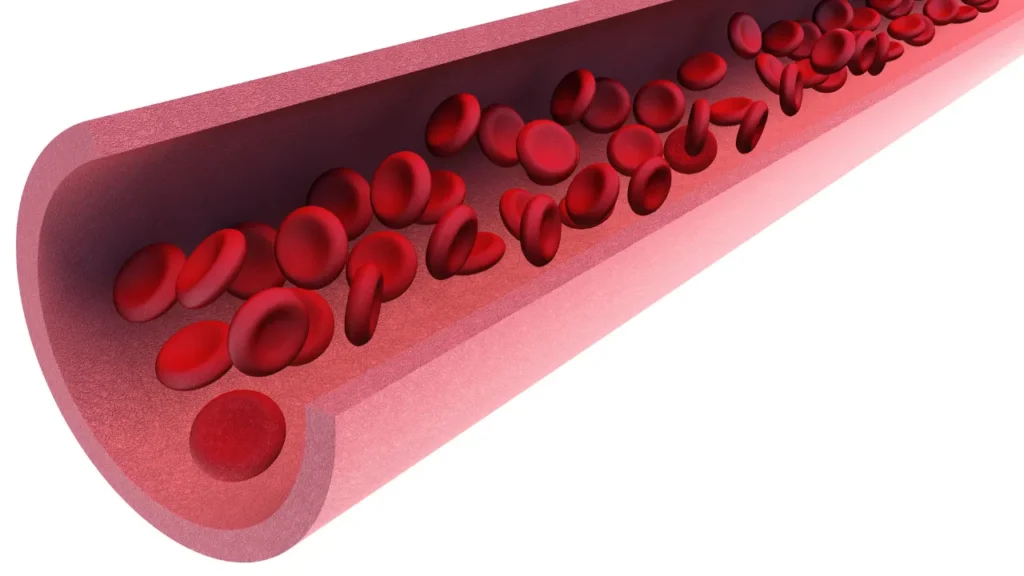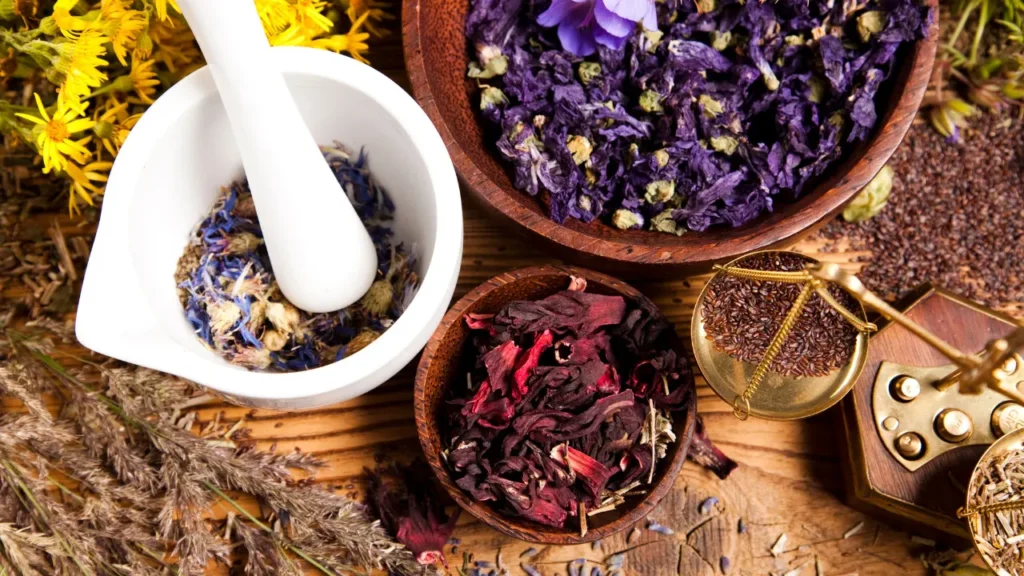Nutritional supplements to improve general health and cognitive performance have drawn more attention in recent years. Arrach is one such dietary supplement that has grown in popularity in the health and wellness sector. The goal of this article is to give a thorough description of arrach, covering its nature, health advantages, recommended dosage, side effects, possible drug interactions, and responsible use.
You May Also Like:
Diamond CBD Gummies vs. Joy Organics CBD Gummies
Sunmed CBD vs. Partnered Process CBD: Finding the Best CBD for Sleep
Arrach: Benefits, Dosage, Side Effects, Drug Interactions, And Other Important Information is an original (NootropicsPlanet) article.
Nature of Arrach
The plant Achillea millefolium, widely known as yarrow, is the source of the natural substance known as arrach. The plant, which is native to Europe and Asia, has a long history of usage in medicine. Arrach belongs to the class of substances known as flavonoids, which have been found to have antioxidant, anti-inflammatory, and neuroprotective properties.
Health Benefits of Arrach
Arrach’s possible health advantages have been the subject of substantial research. Enhancing cognitive function is one of arrach’s most well-known advantages. In studies, arrach has been found to improve memory and concentration, boost mental clarity, and lessen mental tiredness. These results are attributed to the compound’s capacity to increase cerebral blood flow and protect against oxidative stress.
Additionally, arrach has been demonstrated to lessen inflammation throughout the body, making it a supplement that may benefit people who suffer from chronic inflammatory diseases like arthritis, asthma, and inflammatory bowel disease.
Arrach has also been shown to have antioxidant effects, which can guard against the cellular harm caused by free radicals. As a result, it may be a supplement that helps people delay the aging process and lower their risk of developing chronic illnesses like cancer and heart disease.

Chemistry of Arrach
The plant Achillea millefolium, popularly known as yarrow, is the source of the flavonoid substance known as arrach. It is a yellow, crystalline powder with the chemical formula C15H10O6 and a molecular weight of 338.27 g/mol. The substance is a member of the flavonol chemical class.
The presence of a hydroxyl group at position three on the C ring and a carbonyl group at position four on the C ring distinguishes flavonols from other types of flavonoids. Arrach contains one carbonyl group and five hydroxyl groups. The carbonyl group is found at position 4, whereas the hydroxyl groups are found at locations 3, 5, 7, and 3′.
The substance is soluble in acetone, ethanol, and water. It has a boiling point of 593.7°C at 760 mmHg and a melting point of 237–238°C.
The phenylpropanoid pathway is used by Achillea millefolium to produce arrach. This route transforms phenylalanine into cinnamic acid, which is then changed into 4-coumaroyl CoA. Naringenin is created by further converting 4-coumaroyl CoA to chalcone. Apigenin, the precursor to arrach, is then made from naringenin.
Physiological Mechanism of Action
Arrach’s physiological mode of action is not entirely understood. However, some research has offered potential theories.
The regulation of the nitric oxide pathway is one proposed mechanism of action. The signaling molecule nitric oxide (NO) controls blood flow and vascular function. Studies show that arrach raises NO levels, improving vascular function and blood flow.
Additionally, it has been demonstrated that arrach affects the activity of several neurotransmitters in the brain, such as acetylcholine and dopamine. The regulation of these neurotransmitters by arrach may be a factor in the drug’s ability to improve cognitive function. These neurotransmitters are essential for cognitive function.
Arrach has been shown to have anti-inflammatory and antioxidant effects in addition to its impact on neurotransmitters. The ability of the substance to modify the activity of various enzymes and signaling pathways involved in these processes is assumed to be the cause of these effects.
One enzyme involved in creating inflammatory prostaglandins, cyclooxygenase-2 (COX-2), has been demonstrated to be inhibited by arrach. Nuclear factor-kappa B (NF-kB), a transcription factor important in controlling of inflammation, has also been shown to be inhibited by arrach.
Arrach has been found to possess beneficial antioxidant properties that can help neutralize free radicals and prevent the oxidation of lipids. These processes are known to cause cellular harm and contribute to the onset of various diseases. Overall, arrach’s precise physiological mechanism of action is still being studied. However, the compound’s ability to modulate several signaling pathways in the body, including the nitric oxide pathway, neurotransmitter activity, and inflammation and antioxidant pathways, may contribute to its potential health benefits.


Optimal Dosage of Arrach
There is no established arrach dose, and studies have employed a range of dosages. A usual dosing range, however, is 500 to 1500 mg per day. It is advised to begin with a smaller dosage and raise it gradually until the desired result is attained.
Side Effects of Arrach
When taken at the authorized dosages, arrach is generally regarded as safe. However, gastrointestinal adverse effects such as nausea, vomiting, and diarrhea have been reported. There have been a few isolated reports of allergic reactions. It is advised to stop using arrach and seek medical advice if you notice any adverse side effects.


Potential Substance Interactions with Arrach
There are no known interactions between arrach and prescription medications. However, it is recommended to consult with a healthcare provider before taking arrach if you are currently taking any medications or have a pre-existing medical condition.
Best Responsible Uses of Arrach
As with any dietary supplement, it’s critical to use arrach sensibly to ensure safety and maximize advantages. Here are some recommendations for using arrach responsibly:
- Speak with a healthcare professional before using arrach: This is especially important if you have a pre-existing ailment or are currently taking any drugs. Your doctor may advise you on the proper dosage and whether arrach is a good choice for you.
- Purchase from reliable sources: Getting arrach supplements from reliable sources is critical since it can help guarantee that you receive a high-quality, unadulterated product free of impurities.
- Comply with dosage recommendations: Although the ideal arrach dosage has not been determined, the usual daily dosage range is between 500 and 1500 mg. It is advised to begin with a smaller dosage and raise it gradually until the desired result is attained. Don’t take more medication than is recommended because doing so could lead to unwanted side effects.
- Keep an eye out for adverse effects: While arrach is usually thought to be safe when used as directed, some people may develop adverse effects like gastrointestinal problems or allergic reactions. If you suffer any adverse side effects after taking arrach, stop using it and see a doctor.
- Avoid using it as a replacement for medical care: Arrach is a dietary supplement and should not be used in place of medical care. Do not stop or alter your therapy if you have a medical condition or are taking the medication without first consulting a healthcare professional.
- Store properly: Keep arrach supplements away from dampness and direct sunlight to preserve their strength and freshness. Follow the product’s label’s storage directions.
In conclusion, you can use arrach successfully and securely to perhaps improve general health and cognitive performance by adhering to these instructions.
Arrach:
Conclusion
Arracha, a medicinal plant with a long history of use in folk medicine for various health purposes, offers a range of potential health benefits based on its traditional uses and emerging scientific research. While more clinical studies are needed to validate its efficacy for specific health conditions, arrach remains a popular choice in herbal medicine for its versatile applications and historical reputation as a medicinal herb.
While arrach is generally considered safe for most individuals when used in recommended amounts, it’s essential to use caution, especially in pregnant or breastfeeding women and individuals with known allergies to plants in the Asteraceae family. As with any herbal remedy, it’s advisable to consult with a healthcare professional before using arrach, particularly if you have underlying health conditions or are taking medications.


References:
- “A review of the bioactivity and potential health benefits of chamomile tea (Matricaria chamomilla L.)”. Retrieved from https://www.ncbi.nlm.nih.gov/pmc/articles/PMC2995283/
- “Flavonoids: A versatile source of anticancer drugs”. Retrieved from https://www.ncbi.nlm.nih.gov/pmc/articles/PMC5366917/
- “Neuroprotective and cognitive-enhancing effects of compounds in the genus Scutellaria”. Retrieved from https://www.ncbi.nlm.nih.gov/pmc/articles/PMC6357027/
Important Note: The information contained in this article is for general informational purposes only, and should not be construed as health or medical advice, nor is it intended to diagnose, prevent, treat, or cure any disease or health condition. Before embarking on any diet, fitness regimen, or program of nutritional supplementation, it is advisable to consult your healthcare professional in order to determine its safety and probable efficacy in terms of your individual state of health.
Regarding Nutritional Supplements Or Other Non-Prescription Health Products: If any nutritional supplements or other non-prescription health products are mentioned in the foregoing article, any claims or statements made about them have not been evaluated by the U.S. Food and Drug Administration, and such nutritional supplements or other health products are not intended to diagnose, treat, cure, or prevent any disease.
